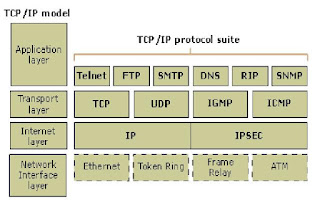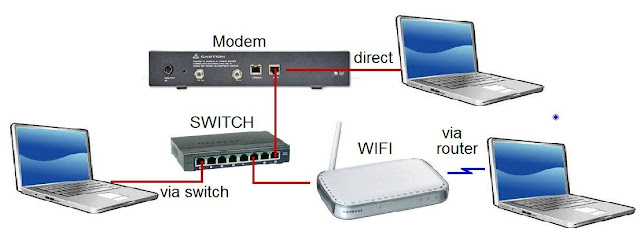IP address
IP Address
IP address 32 -bit address assigned to hosts using TCP/IP. An IP address belongs to one of five classes (A,B,C,D or E) and is written as four octets separated by periods (dotted decimal format). Each address consists of a network number, an optional sub-network number, and a host number.
The Internet protocol (IP) is the primary network protocol used on the Internet, developed in the 1970s. On the Internet and many other networks , IP is often used together with the Transfer Control Protocol (TCP) and referred to interchangeably as TCP/IP.
IP supports unique addressing for computers on a network. Most networks use the Internet Protocol version 4 (IPv4) standards that features IP addresses of four bytes (32 bits) in length. The newer Internet Protocol version 6 (IPv6) standard features addresses 16 bytes (128 bits) in length.
The Internet Protocol is a network-layer (Layer-3) protocol that contains addressing information that enables packets to be routed. IP is documented in RFC 791 and is the primary network-layer protocol in the Internet protocol suite. Along with the Transmission Control Protocol (TCP), IP represents the heart of the Internet protocols.
Should you hide your IP address?
Your IP address is your passport to the Internet. But it also gives away your location and is used to profile your individual online activity.




Comments